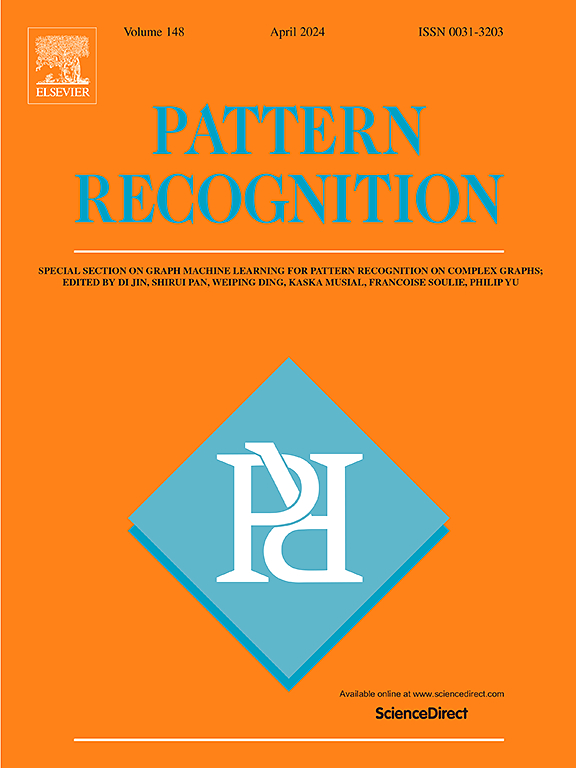Improving the sparse coding model via hybrid Gaussian priors
IF 7.5
1区 计算机科学
Q1 COMPUTER SCIENCE, ARTIFICIAL INTELLIGENCE
引用次数: 0
Abstract
Sparse Coding (SC) imposes a sparse prior on the representation coefficients under a dictionary or a sensing matrix. However, the sparse regularization, approximately expressed as the -norm, is not strongly convex. The uniqueness of the optimal solution requires the dictionary to be of low mutual coherence. As a specialized form of SC, Convolutional Sparse Coding (CSC) encounters the same issue. Inspired by the Elastic Net, this paper proposes to learn an additional anisotropic Gaussian prior for the sparse codes, thus improving the convexity of the SC problem and enabling the modeling of feature correlation. As a result, the SC problem is modified by the proposed elastic projection. We thereby analyze the effectiveness of the proposed method under the framework of LISTA and demonstrate that this simple technique has the potential to correct bad codes and reduce the error bound, especially in noisy scenarios. Furthermore, we extend this technique to the CSC model for the vision practice of image denoising. Extensive experimental results show that the learned Gaussian prior significantly improves the performance of both the SC and CSC models. Source codes are available at https://github.com/eeejyang/EPCSCNet.
通过混合高斯先验改进稀疏编码模型
稀疏编码(SC)对字典或传感矩阵下的表示系数施加稀疏先验。然而,稀疏正则化(近似表示为 L1-norm)并不是强凸的。最优解的唯一性要求字典具有较低的相互一致性。作为 SC 的一种特殊形式,卷积稀疏编码(CSC)也遇到了同样的问题。受弹性网的启发,本文提出为稀疏编码学习额外的各向异性高斯先验,从而改善 SC 问题的凸性,实现特征相关性建模。因此,所提出的弹性投影对 SC 问题进行了修改。因此,我们在 LISTA 框架下分析了所提方法的有效性,并证明这种简单的技术具有纠正不良编码和降低误差边界的潜力,尤其是在有噪声的情况下。此外,我们还将这一技术扩展到 CSC 模型,用于图像去噪的视觉实践。广泛的实验结果表明,学习的高斯先验显著提高了 SC 和 CSC 模型的性能。源代码见 https://github.com/eeejyang/EPCSCNet。
本文章由计算机程序翻译,如有差异,请以英文原文为准。
求助全文
约1分钟内获得全文
求助全文
来源期刊

Pattern Recognition
工程技术-工程:电子与电气
CiteScore
14.40
自引率
16.20%
发文量
683
审稿时长
5.6 months
期刊介绍:
The field of Pattern Recognition is both mature and rapidly evolving, playing a crucial role in various related fields such as computer vision, image processing, text analysis, and neural networks. It closely intersects with machine learning and is being applied in emerging areas like biometrics, bioinformatics, multimedia data analysis, and data science. The journal Pattern Recognition, established half a century ago during the early days of computer science, has since grown significantly in scope and influence.
 求助内容:
求助内容: 应助结果提醒方式:
应助结果提醒方式:


